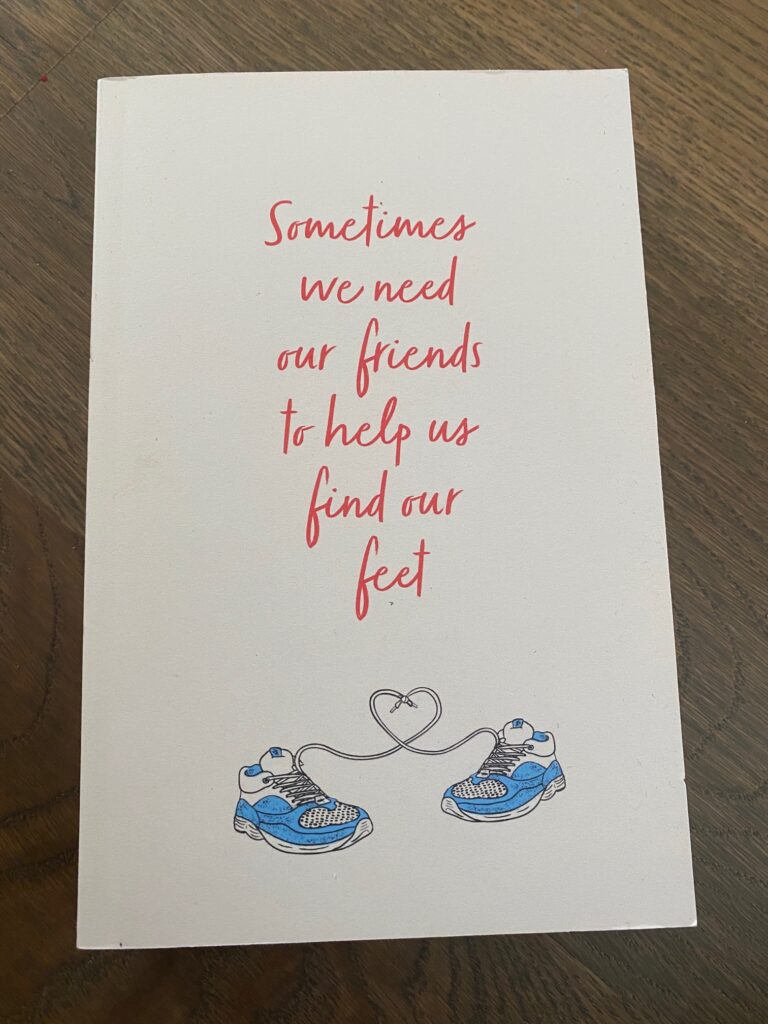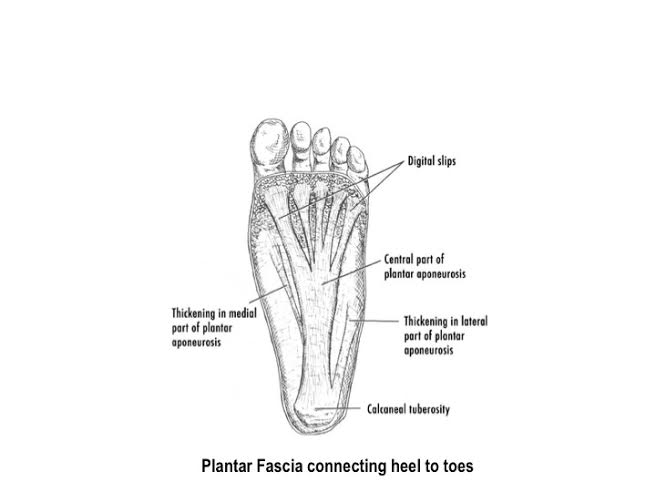I was tremendously excited about reviewing this book because it is written by Josie Lloyd. I have read a number of books from Josie and I love them all and – although we have never met- I love her. After feeling sad that she has had such a tough time I dived into the book.
The first thing I saw when I opened my advanced copy were some reviews and I loved the one from Joanne Rose, divisional marketing directing: ‘This isn’t a (whisper it) “cancer book”. This is a book for book lovers, everywhere.’ Oh how right she was indeed. The book is uplifting, happy, sad and raw. The Cancer Ladies’ Running Club lets us know that even when bad things happen and times are tough, we can rebuild ourselves and triumph over adversity.
The Cancer Ladies’ Running Club is a great book to read right now. Yes, it has its sadness, but now more than ever we need to know that beauty can come from sadness, and that we will win in the end.
Sometimes we need our friends to help us find our feet…
When Keira first receives her breast cancer diagnosis, she never expects to end up joining a running group with three women she’s only just met. Totally blind-sided, all she can think about is how she doesn’t want to tell her family or step back from work. Nor does she want to be part of a group of fellow cancer patients. Cancer is not her club.
And yet it’s running – hot, sweaty, lycra-clad running in the company of brilliant, funny women all going through treatment – that unexpectedly gives Keira the hope she so urgently needs.
For Keira will not be defined by the C-word. And now, with the Cancer Ladies’ Running Club cheering her on, she is going to reclaim everything: her family, her identity, her life.
One step at a time.
The Cancer Ladies’ Running Club is available here.



